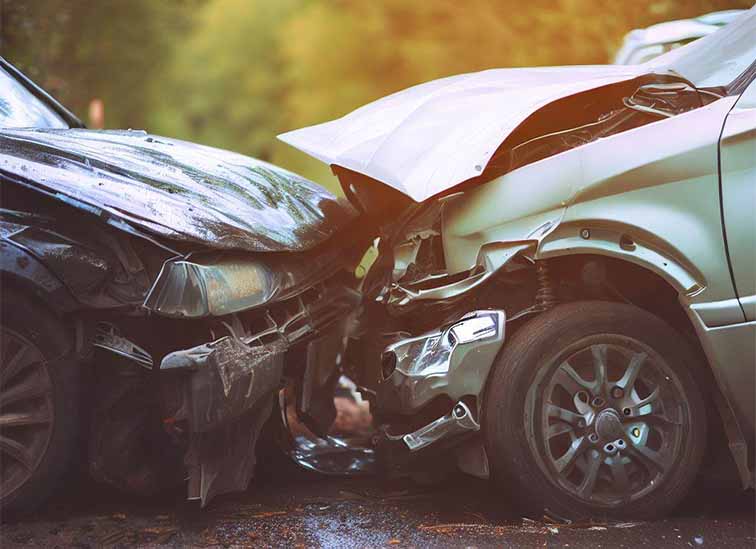Car accidents are often stressful and confusing experiences. Although the primary concern after an accident is the health and safety of those involved, it is important to assess the damage to your vehicle and understand how to respond accordingly. In order to determine the best course of action, it is important to understand the basic principles of evaluating post-accident car damage.
Step 1: Assess the Immediate Damage
The first step in evaluating post-accident car damage is to assess the immediate damage. Take a few moments to survey the outside of the car and note any visible damage. If the accident was minor, it may not be necessary to conduct a more in-depth assessment. However, it is important to take pictures of the exterior of the car to document the damage. This will be useful in the event that it is necessary to make a claim with your insurance provider.
Step 2: Check for Internal Damage
Once you have assessed the visible damage to the exterior of the car, it is important to check for internal damage. Depending on the severity of the accident, the internal damage may be more extensive than the external damage. It is important to check all of the car’s systems, such as the brakes, engine, and transmission, to ensure that they are functioning properly. If the car does not appear to be in working condition, it is important to take it to a qualified mechanic for a more in-depth assessment.
Step 3: Contact Your Insurance Provider
If the damage to the car is extensive, it is important to contact your insurance provider to determine if the damage is covered under your policy. In some cases, the insurance provider may require that you take the car to a qualified mechanic for an assessment. It is important to provide the insurance provider with as much information as possible in order to determine the best course of action.
Step 4: Determine the Cost of Repairs
Once you have determined that the damage is covered by your insurance policy, it is important to determine the cost of repairs. In some cases, the repairs may be covered by the insurance provider. However, it is important to understand that some parts may not be covered and that you may be responsible for paying for some of the repairs.
Step 5: Research Repair Options
Once you have determined the cost of repairs, it is important to research repair options. Depending on the severity of the damage, it may be necessary to take the car to a qualified mechanic. Car repair services are essential after a car accident as they can assess the damage to the car and determine what needs to be fixed. They can also provide advice on the costs and best options for repair. With their expertise and knowledge, they can help get your car back on the road safely and quickly. Alternatively, if the damage is minor, it may be possible to repair the car yourself. It is important to research repair options to determine the most cost-effective option.
Step 6: Take Action
Once you have determined the best course of action, it is important to take action. If you have decided to take the car to a qualified mechanic, it is important to make an appointment as soon as possible. Alternatively, if you have decided to repair the car yourself, it is important to purchase the necessary parts and tools.
In conclusion, assessing post-accident car damage is an important step in responding to an accident. It is important to assess the immediate damage and take pictures to document the damage. It is also important to check for internal damage and contact your insurance provider to determine if the damage is covered under your policy. Once you have determined the cost of repairs, it is important to research repair options and take action as soon as possible. By understanding the basic principles of evaluating post-accident car damage, you can ensure that you are taking the best course of action.
Also see:
- 2023 Mercedes G 400d Adventure Edition and AMG Line launched @ Rs 2.55 Crores
- What Describes HDFC ERGO Bike Insurance as the Best Option?
- How to choose best bike insurance ( two-wheeler insurance )in India
- Top 5 things to know before buying bike insurance (two-wheeler insurance)
- Top 10 best low maintenance cars under Rs 10 lakh
- Top Aesthetic Car Parts That Will Make Your Ride Stand Out



